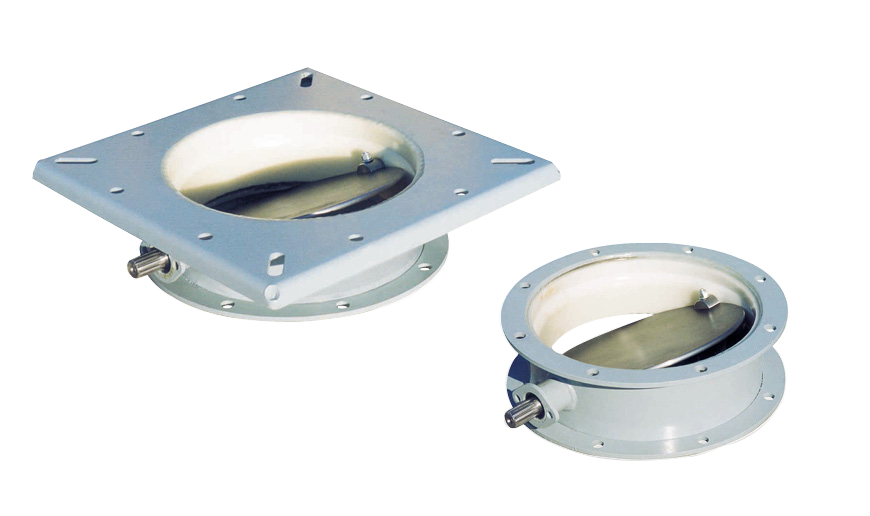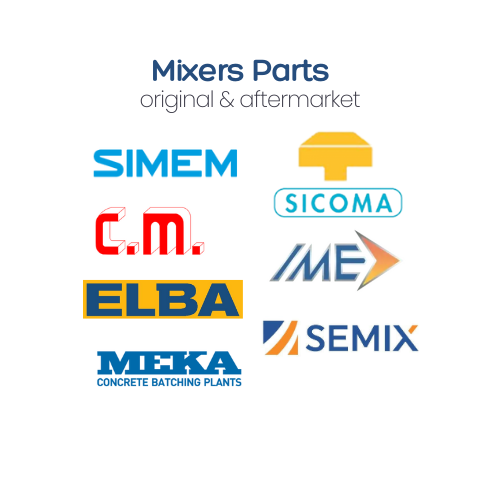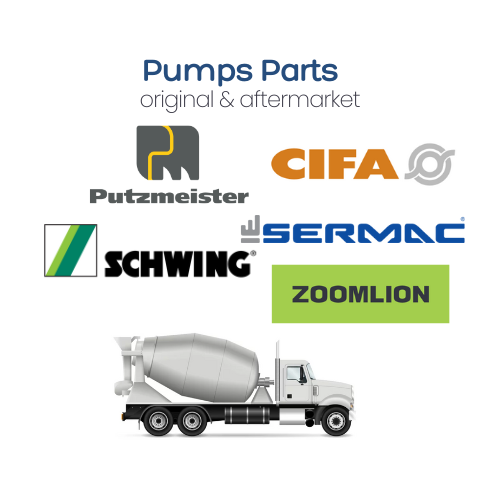WAM
WAM VFF Silo Closure Butterfly Valve
WAM VFF Silo Closure Butterfly Valve
The WAM VFF Silo Closure Butterfly Valve is designed for controlling the flow of dry bulk materials, such as cement, from silos, hoppers, or bins. This valve is commonly used in industries like cement processing to regulate the discharge of materials while providing effective sealing, dust control, and reliability.
Key Features and Functions:
-
Butterfly Valve Design: The valve features a disc-shaped valve that rotates within a circular opening to control material flow. This simple yet effective design ensures efficient control of material discharge.
-
Silo Closure: The valve is specifically designed to serve as a silo closure, providing a tight seal when closed, preventing any leakage of materials.
-
Special Seal Geometry: The valve incorporates a unique seal geometry, combined with SINT engineering polymer, providing excellent dust-tight sealing and resistance to wear and tear.
-
Carbon Steel Construction: The valve body and disc are constructed from carbon steel, offering durability and strength suitable for harsh industrial environments.
-
Easy Installation: The valve is designed for easy integration into various silo configurations, adapting to different outlet flange sizes for quick installation.
-
Low Maintenance: Thanks to its robust construction and simple design, the valve requires minimal maintenance, helping to reduce operational costs and downtime.
Specific Relevance to Cement Silo Processing:
-
Silo Discharge Control: The VFF valve regulates the discharge of cement or other granular materials from silos, ensuring a consistent and metered flow of material to downstream equipment.
-
Dust-Tight Sealing: The unique seal geometry and use of SINT polymer lining help to minimize dust emissions during the discharge process, improving working conditions and reducing environmental impact.
-
Easy Installation and Maintenance: The valve’s design enables quick and straightforward installation, reducing downtime during setup and minimizing maintenance costs over time.

Portfolio
View all-

Mixers Parts
Explore our collection of high-quality parts for top concrete mixer brands including...
-

Pumps Parts
Find premium parts for leading concrete pump brands like Putzmeister, CIFA, SERMAC,...
-

WAM Products
An industry leader in silo equipment and material conveying solutions for solid...




